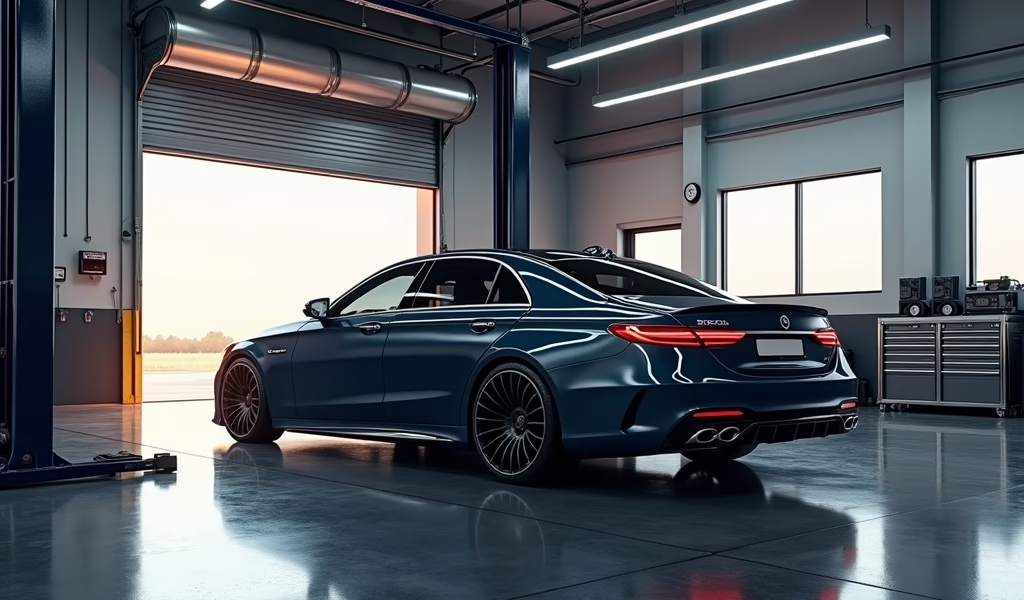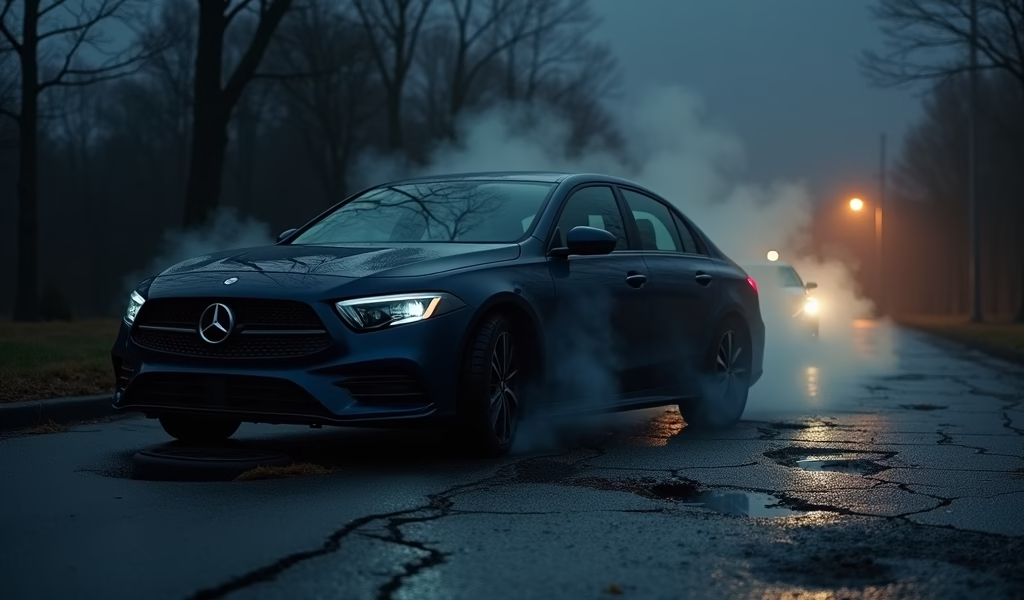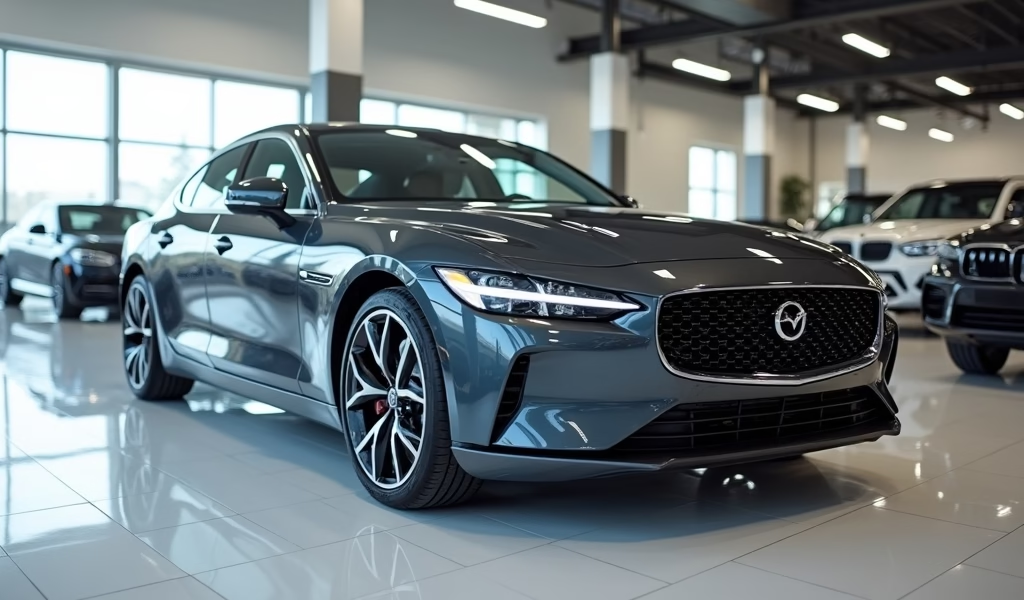Overview
The article explains how to effectively utilize 0% financing car deals by understanding what these offers truly mean, comparing them with cash rebates, preparing your credit, and negotiating vehicle prices separately before discussing financing. It provides detailed information on current manufacturers offering these deals, seasonal patterns for the best offers, and strategies to avoid hidden fees that could negate your interest savings.
Table of Contents
- Understanding What 0% Financing Really Means
- Current Manufacturers Offering 0% Deals
- Is 0% Financing Better Than Cash Rebates?
- Preparing Your Credit Score and Finances
- Negotiating Vehicle Price Separately
- Conclusion: Driving Away with Real Savings
- Frequently Asked Questions
Finding cars with 0% financing right now might seem like chasing a unicorn in today’s auto market, but these deals do exist and can save you thousands over your loan term. With manufacturers eager to move inventory and economic pressures creating unique market conditions, zero-percent offers have made a surprising comeback in 2023.
As someone who’s spent decades in the automotive industry, I’ve seen how these financing deals work behind the scenes. They’re not magic—they’re marketing tools. But with the right approach, you can turn these promotions into genuine savings.
Let’s dive into the five critical tips you need before signing any paperwork on that shiny new ride with the tempting 0% financing tag.
Understanding What 0% Financing Really Means
Zero-percent financing isn’t a charitable gesture—it’s a calculated business decision. When manufacturers advertise these zero-percent car deals, they’re essentially subsidizing your loan by paying the interest typically charged by financial institutions.
In traditional auto loans, you’d pay principal plus interest over time. With 0% offers, you’re only repaying the principal amount in installments. This arrangement almost always comes through captive finance companies owned by the manufacturers themselves—think Ford Credit, Toyota Financial Services, or GM Financial.
Here’s what they don’t emphasize: These deals typically require excellent credit—usually 700+ FICO scores. They’re also frequently limited to specific models, often those that aren’t selling as well as projected or previous model years that need clearing from inventory.
Watch the fine print for hidden charges like:
- Documentation fees
- Loan origination fees
- Processing charges
- Required dealer add-ons
These sneaky additions can quickly erode your interest savings. I’ve seen customers save $3,000 in interest only to pay $2,500 in unnecessary add-ons they were told were “required” with the special financing.
Current Manufacturers Offering 0% Deals

The landscape of 0% APR car deals shifts monthly, but several major players consistently offer these promotions. As of fall 2023, here’s who’s in the game:
- Ford: 0% for 36-48 months on select F-150s, Rangers, and Escape SUVs
- Hyundai: Zero-percent on Elantra, Sonata, and Tucson models for qualified buyers
- Nissan: Select Altima, Sentra, and Rogue models with 0% for 36-60 months
- Chevrolet: Silverado, Equinox, and Trailblazer models with time-limited zero interest
- Kia: Sportage, Forte, and K5 models with financing up to 60 months at 0%
I’ve noticed SUVs and crossovers dominate these offers, reflecting their consumer popularity. However, with inventories normalizing after pandemic shortages, even sedans are getting the zero-percent treatment.
These promotions follow predictable seasonal patterns. The most aggressive deals typically appear during:
- Presidents’ Day (February)
- Memorial Day (May)
- July 4th celebrations
- Labor Day (September)
- Black Friday/Year-end clearance (November-December)
Manufacturers also commonly roll out special financing when introducing new models to clear previous year inventory. According to Edmunds’ analysis, dealers often receive additional incentives from manufacturers to push these financing options, explaining why they might steer you toward them even when cash deals exist.
Is 0% Financing Better Than Cash Rebates?
This is where many buyers get tripped up. Sometimes a cash rebate combined with standard financing actually saves you more than the flashy 0% offer. Let’s break down a real-world example I encountered last month:
For a $35,000 SUV, the manufacturer offered either:
- Option A: 0% financing for 60 months ($583 monthly payment, total paid: $35,000)
- Option B: $4,000 cash rebate with 4.5% financing for 60 months (approximately $582 monthly payment, total paid: $34,920)
In this case, the cash rebate actually saves you money despite paying interest! The math gets even more favorable if you plan to pay off early or trade in before the loan term ends.
Use Bankrate’s auto loan calculator to compare your specific options. Their tools let you factor in trade-ins, down payments, and different loan terms.
Remember two critical factors:
- How long you’ll keep the vehicle (shorter ownership favors cash rebates)
- Your loan term (longer 0% terms may beat shorter-term rebate offers)
I’ve seen customers fixate on avoiding interest when taking the cash rebate would have saved them $1,500 over the loan term. Don’t let the allure of “zero interest” cloud your judgment about total cost.
Preparing Your Credit Score and Finances
Zero-percent financing is the VIP lounge of auto loans—not everyone gets past the velvet rope. From my experience working with various dealerships, these deals typically require:
- Credit scores of 700+ (though some extend to upper 600s during aggressive promotions)
- Debt-to-income ratios under 40%
- Stable employment history (usually 2+ years at current employer)
- Clean credit history without recent derogatory marks
Before you apply, take these steps to maximize your chances:
- Pull your credit report from all three bureaus (TransUnion, Equifax, Experian)
- Dispute any errors or outdated negative information
- Pay down existing revolving debt, especially credit cards
- Avoid applying for new credit cards or loans for 3-6 months before car shopping
- Collect proof of income, residence, and insurance information
I’ve seen customers with 680 scores get approved during year-end promotions, but they typically needed stronger compensating factors like higher income or substantial down payments. If your score falls below 700, having these strengths can tip the scales in your favor.
Remember that each loan application creates a hard inquiry on your credit report. Multiple auto loan inquiries within a 14-day window count as a single inquiry for scoring purposes, so do your shopping within a concentrated timeframe.
Negotiating Vehicle Price Separately

This is the cardinal rule of smart car buying with special financing: negotiate the vehicle price first, as if you’re paying cash. Only after settling on a price should you mention interest in the 0% finance car deals.
Dealers know buyers securing 0% financing often feel they’ve already won, making them less likely to haggle on the vehicle’s price. I’ve witnessed customers so excited about zero interest that they accepted a $2,000 markup on the car itself—effectively wiping out their financing savings.
Watch for these common dealer tactics:
- “This special pricing requires standard financing” (switching tactics after negotiation)
- “Zero-percent only applies to vehicles on the lot” (limiting your options)
- Pushing extended warranties or protection packages “because you’re saving on financing”
- Focusing conversation exclusively on monthly payments rather than purchase price
Your strongest negotiating position is your willingness to walk away. I’ve seen customers save thousands by simply saying, “I’ll think about it” and heading toward the door. Suddenly, previously “impossible” deals become possible.
Research fair market values through resources like Kelley Blue Book before shopping. Knowing the vehicle’s actual value gives you concrete numbers to reference during negotiation.
Conclusion: Driving Away with Real Savings
Zero-percent financing can deliver genuine savings when approached with knowledge and strategy. By understanding the real mechanics of these offers, researching current manufacturer promotions, comparing with rebate options, preparing your financial profile, and negotiating effectively, you can transform marketing incentives into substantial savings.
These opportunities may become scarcer as economic conditions shift, so don’t idle if you’re in the market for a new vehicle. Just remember to calculate your true costs, read all fine print, and keep your financial well-being in the driver’s seat.
The best deals combine favorable pricing with advantageous financing terms. With these five tips in your toolkit, you’re equipped to recognize and capture those opportunities when they appear.
Whether you choose the 0% financing route or opt for rebates depends on your unique circumstances—there’s no one-size-fits-all answer. But armed with this knowledge, you’re now prepared to make that decision with confidence and drive away satisfied with both your new vehicle and the deal you’ve secured.
Frequently Asked Questions
Who typically qualifies for 0% financing on cars?
Buyers with credit scores above 700 and stable income typically qualify for 0% financing. Some manufacturers may extend offers to scores in the upper 600s during aggressive promotions.
Are 0% financing deals available on all car models?
No, zero-percent offers are usually limited to specific models that manufacturers want to promote or clear from inventory. These often include previous model years or vehicles not selling as quickly as anticipated.
Can you negotiate the price when using 0% financing?
Yes, you should always negotiate the vehicle price separately before discussing financing options. Dealers may be less flexible on pricing with zero-percent financing, but negotiation is still possible and recommended.
Is it better to take a cash rebate or 0% financing?
It depends on your specific situation and the terms offered. Calculate the total cost under both scenarios using an auto loan calculator to determine which saves you more over the full term of ownership.
How long do 0% financing offers typically last?
Most zero-percent promotions run for limited periods, often 1-3 months or until inventory targets are met. Major holiday promotions and year-end clearance events typically offer the longest promotional periods.

